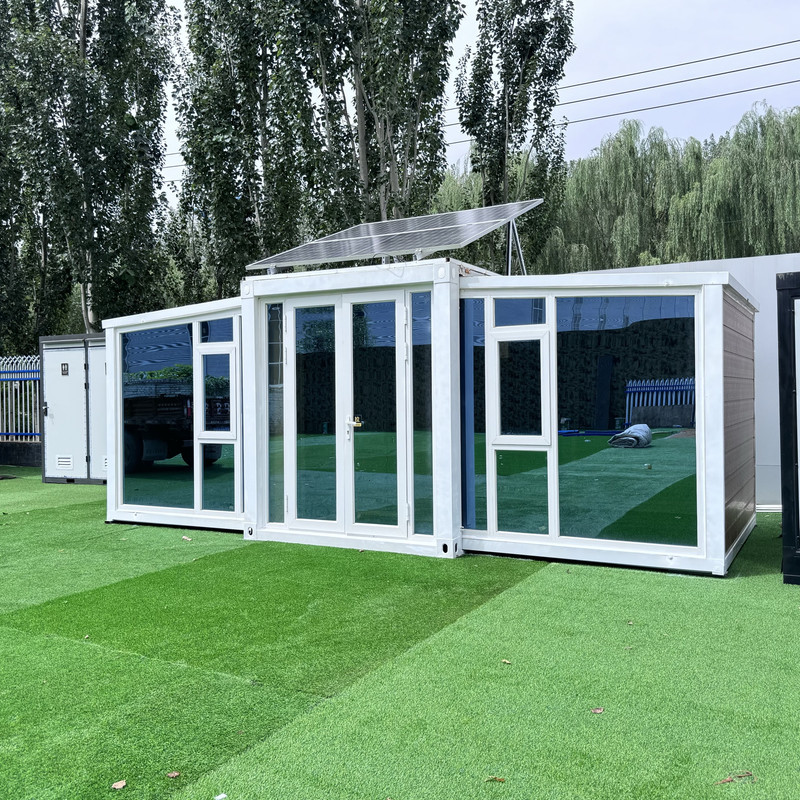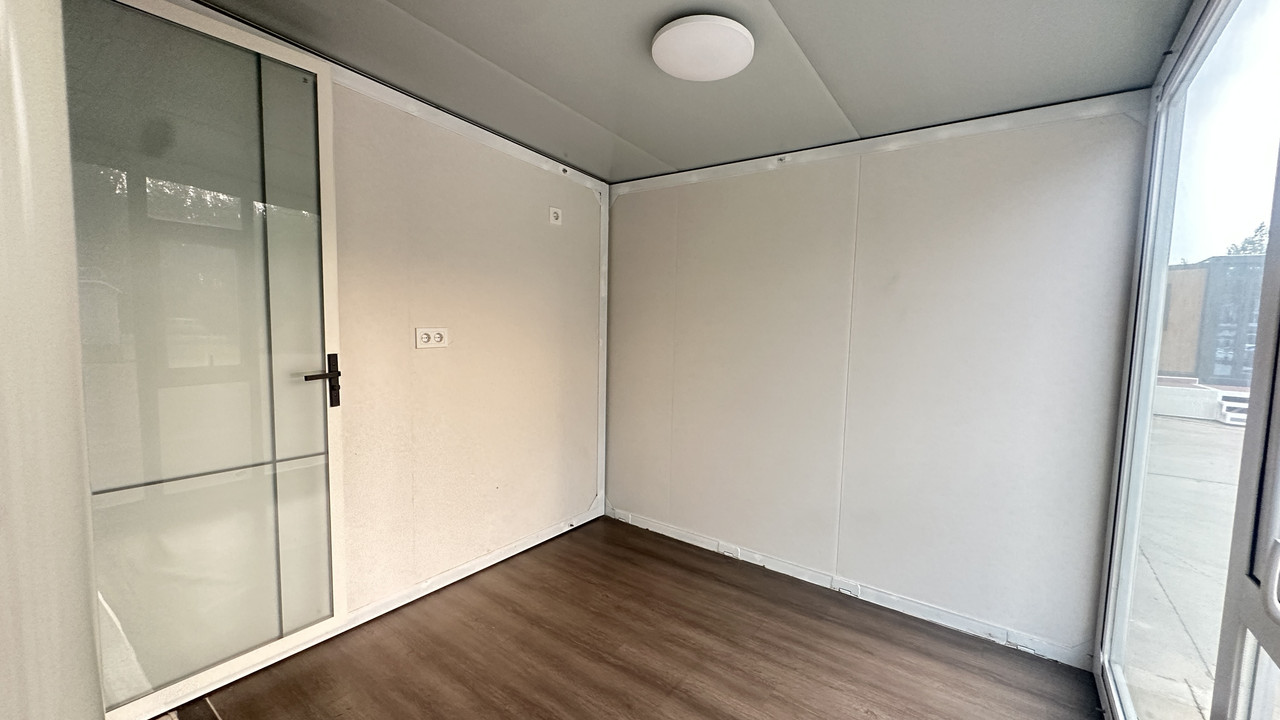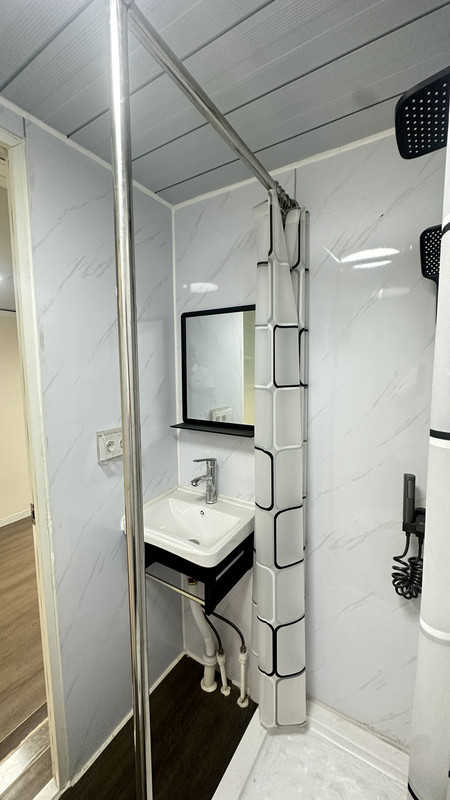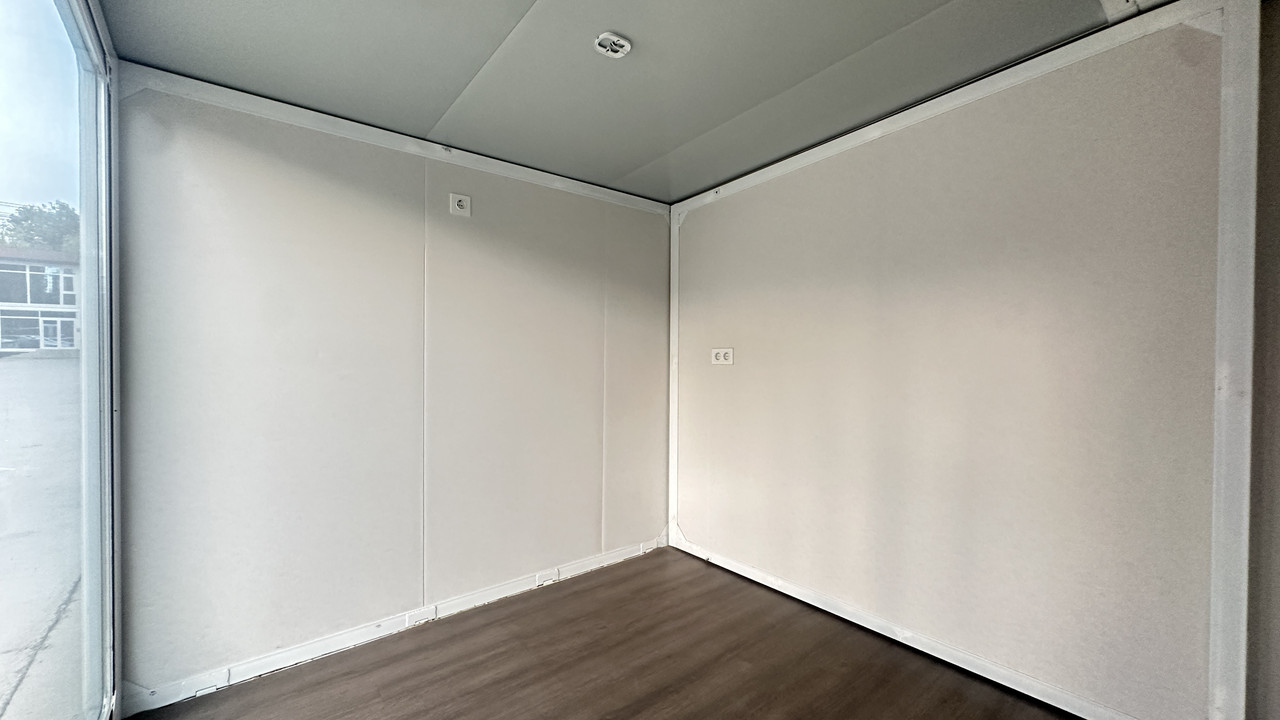Discover how innovative 10ft expandable container houses are revolutionizing Libya’s prefabricated housing market. This comprehensive guide explores their space-saving design, rapid deployment capabilities, and suitability for Libya’s challenging terrain, making them ideal for residential, commercial, and emergency shelter applications across the nation.
In Libya’s evolving construction landscape, prefabricated housing solutions are gaining unprecedented momentum. Among these innovations, the 10ft expandable container house stands out as a game-changer, perfectly addressing the nation’s unique demands for adaptable, rapid-deployment shelters. Let’s dive into why this compact yet spacious solution is becoming Libya’s prefab housing hero.
What Makes the 10ft Expandable Container House Special?
Imagine a housing unit that transforms from a compact 10ft x 8ft steel box into a comfortable living space at the push of a button. That’s the magic of expandable container technology. Unlike traditional static containers, these units feature hydraulic or manual expansion mechanisms that double their floor area within minutes.

When collapsed for transport (as shown above), the unit occupies minimal space – crucial for navigating Libya’s varied road networks. Once on-site, it expands to create a 20ft x 8ft living area with 160 square feet of functional space. This transformation isn’t just about size; it’s about delivering immediate, dignified shelter without construction delays.
Key Features Tailored for Libya’s Needs
Libya’s climate and infrastructure challenges demand specialized housing solutions. The 10ft expandable container house delivers through:
1. Desert-Ready Durability: Built with corrosion-resistant steel frames and insulated sandwich panels (EPS/rock wool), these units withstand Libya’s extreme temperatures and sandy conditions. The exterior coating resists UV degradation and sand abrasion.
2. Rapid Deployment: Unlike traditional construction that takes months, these units arrive pre-fitted with electrical wiring, plumbing, and interior finishes. Setup takes under 30 minutes with basic tools – vital for remote areas or emergency response.
3. Mobility & Flexibility: Their compact footprint allows transport via standard trucks to hard-to-reach locations. Multiple units can be stacked or linked horizontally to create larger complexes for families or work teams.
Your browser does not support the video tag.
Watch the expansion mechanism in action – see how effortlessly the unit transforms for immediate occupancy.
Interior Design & Customization Options
Don’t let the compact exterior fool you – these units maximize every inch of interior space. Standard configurations include:
– Sleeping Area: Fold-down Murphy beds or convertible sofas
– Kitchenette: Compact sink, induction cooktop, and storage
– Wet Bath: Space-saving shower-toilet combos
– Living/Work Zone: Multi-purpose area with foldable furniture

The interior shown above demonstrates smart space utilization with built-in storage and modular furniture. For Libya’s diverse needs, units can be customized with:
– Solar power packages for off-grid locations
– Enhanced insulation for temperature control
– Security features like reinforced doors and window shutters
– Localized aesthetic finishes (colors, textures)
Real-World Applications in Libya
These versatile units serve multiple purposes across Libya:
1. Residential Solutions: Ideal for temporary housing during reconstruction or as permanent affordable homes in urban areas like Tripoli or Benghazi.
2. Oil & Gas Operations: Perfect for worker camps in remote desert fields, providing comfortable, transportable accommodations.
3. Emergency Response: Critical for rapid deployment after natural disasters or in conflict zones, offering immediate shelter with basic amenities.

The image above shows how multiple units create a functional community setup – essential for housing displaced populations or project teams.
Cost & Sustainability Advantages
For Libya’s economy, these units offer compelling benefits:
– 50% Faster Deployment vs. traditional construction
– 30% Lower Lifetime Costs due to reusable materials and minimal maintenance
– Eco-Friendly Profile: 80% recyclable materials and optional solar integration reduce carbon footprint
– Reusability: Units can be relocated and repurposed multiple times
Your browser does not support the video tag.
This video showcases the manufacturing process and quality control standards ensuring durability in harsh environments.
Why Libya Prefabricated Housing Needs This Innovation
Libya’s housing challenges – from infrastructure gaps to climate extremes – demand solutions that are:
– Quick to Deploy: Addressing urgent shelter needs
– Transportable: Reaching remote or underserved areas
– Resilient: Withstanding environmental stresses
– Affordable: Meeting budget constraints without sacrificing quality
The 10ft expandable container house ticks all these boxes while offering scalability. Start with one unit and expand as needs grow – a perfect fit for Libya’s dynamic development landscape.

The desert installation above demonstrates how these units integrate with Libya’s natural environment while providing modern comforts through sustainable features like solar panels.
Getting Started with Expandable Container Housing in Libya
For organizations or individuals considering this solution:
1. Assess Needs: Determine required capacity, location, and special features
2. Choose Suppliers: Look for manufacturers with Libya-specific experience
3. Plan Logistics: Consider transport routes and site preparation
4. Customize: Select interior layouts and utility packages
5. Deploy & Maintain: Follow setup guidelines and schedule regular inspections

The detailed view above highlights the engineering precision that ensures safe, secure expansion – a critical factor for long-term reliability.
As Libya continues rebuilding and developing, innovative housing solutions like the 10ft expandable container house will play a pivotal role. They embody the perfect blend of speed, functionality, and adaptability that Libya’s prefabricated housing sector needs – proving that big solutions can indeed come in compact packages.
